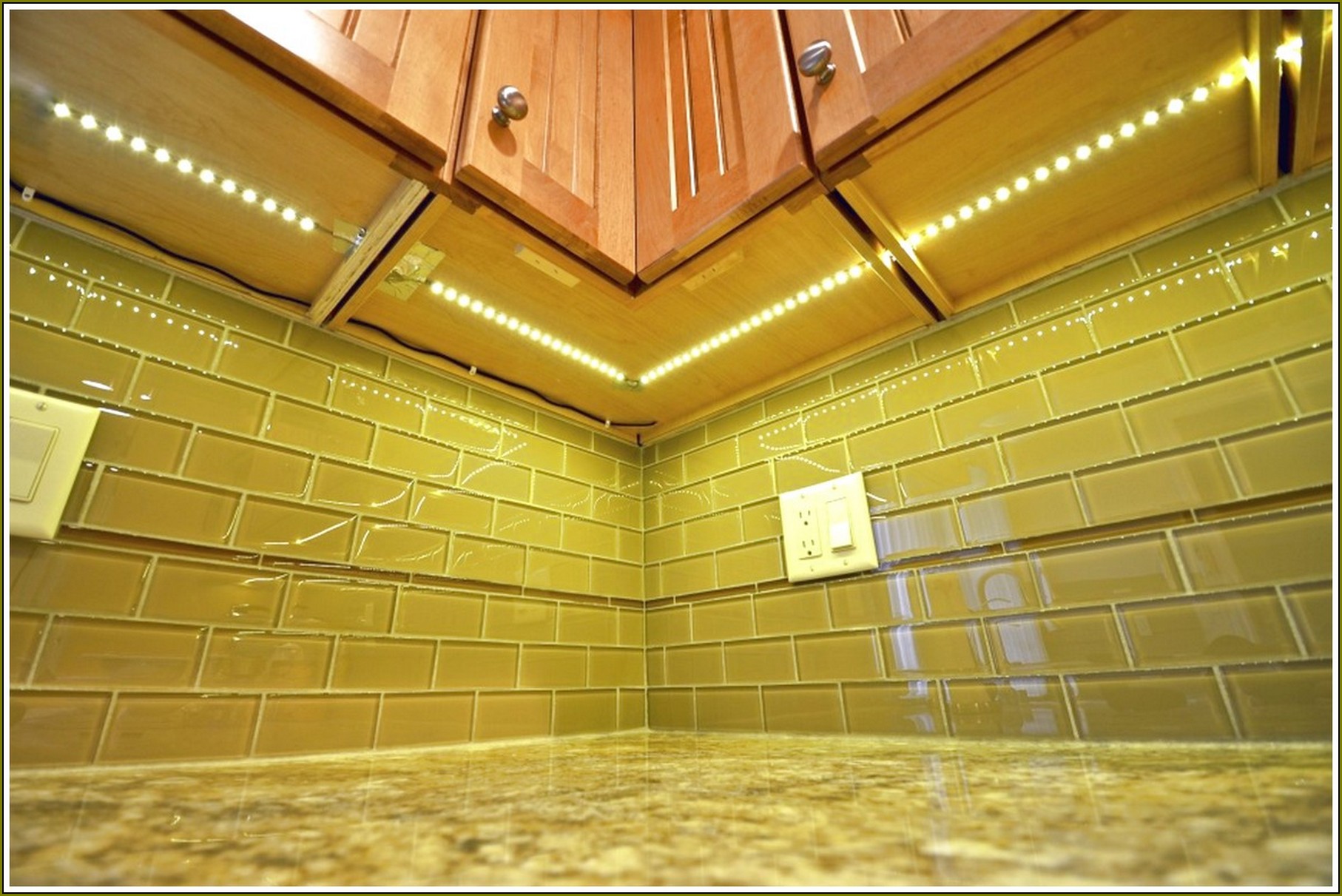Planning Your Installation: How To Install Kichler Under Cabinet Lighting

The success of your under-cabinet lighting project hinges on meticulous planning. Properly assessing your kitchen’s layout, work areas, and desired illumination levels will ensure the lighting effectively enhances your space and meets your needs.
Determining Ideal Placement
The strategic placement of under-cabinet lighting is paramount. Consider the size of your kitchen, the location of your work areas, and the type of illumination you desire. For example, a small kitchen might require fewer fixtures than a large one. Similarly, areas where you frequently prepare food or perform tasks, like a sink or countertop, should receive brighter illumination.
Measuring and Planning
Before you begin installing your under-cabinet lighting, carefully measure and plan the layout.
Step-by-Step Guide
- Determine the number of fixtures: Start by assessing the length of your cabinets and the desired spacing between fixtures. A general rule of thumb is to space fixtures 12 to 18 inches apart.
- Consider wiring requirements: Evaluate the existing electrical outlets in your kitchen and determine if you need to install additional wiring or use an extension cord.
- Identify potential obstacles: Look for any pipes, ductwork, or other obstacles that might interfere with your installation.
Electrical Safety Precautions, How to install kichler under cabinet lighting
Electrical safety is of paramount importance. Always disconnect power to the circuit before working on any electrical wiring. If you’re not comfortable working with electrical wiring, consult a qualified electrician.
“Safety first! Always prioritize electrical safety when working with under-cabinet lighting. If you’re not comfortable with electrical work, consult a qualified electrician.”
Installation Process

The installation process for Kichler under cabinet lighting is relatively straightforward and can be completed with basic DIY skills.
Tools and Materials
To ensure a smooth installation, you will need the following tools and materials:
- Kichler under cabinet lighting fixtures
- Screwdriver
- Wire strippers
- Voltage tester
- Level
- Measuring tape
- Pencil
- Electrical tape
- Wire connectors (wire nuts)
- Optional: Drill with a drill bit suitable for your cabinet material
Connecting to the Power Source
Connecting the lighting to the power source involves a few key steps:
- Locate the Power Source: Determine the nearest electrical outlet or junction box that you will use to power the under cabinet lights. This may involve checking the wiring diagram or consulting with an electrician.
- Turn Off Power: Before working with any electrical wiring, always turn off the power to the circuit at the breaker box. This is crucial for safety and prevents potential electrical shocks.
- Prepare the Wires: Use wire strippers to remove a small amount of insulation from the ends of the wires on both the lighting fixture and the power source. The amount of insulation to remove will depend on the type of wire you are using.
- Connect the Wires: Connect the wires from the lighting fixture to the wires from the power source. Match the colors of the wires: black to black, white to white, and ground (typically green or bare copper) to ground. Secure the connections using wire connectors (wire nuts).
- Secure the Fixture: Mount the lighting fixture to the underside of the cabinet using screws or clips provided with the fixture. Use a level to ensure the fixture is installed straight.
- Turn On Power: Once all connections are made and the fixture is secured, turn the power back on at the breaker box. Test the lights to ensure they are working properly.
